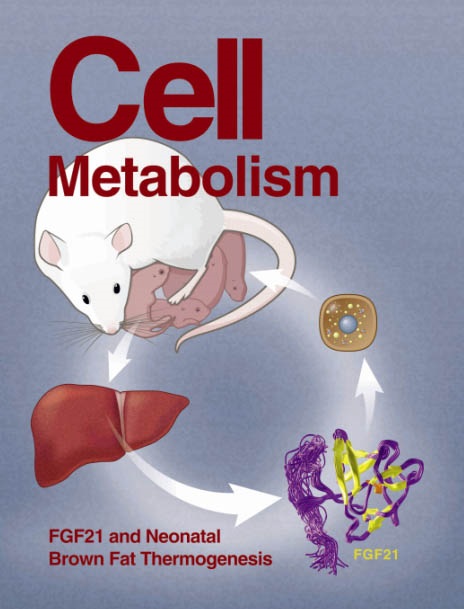O-GlcNAcylation 介导的内皮代谢记忆通过细胞外小泡导致心脏损伤
IF 30.9
1区 生物学
Q1 CELL BIOLOGY
引用次数: 0
摘要
血糖控制良好的糖尿病患者患心力衰竭的风险仍然增加。这一过程可能是由代谢记忆介导的,这一现象表明,即使在血糖正常后,高血糖也会产生长期的负面影响。在这里,我们发现,尽管后来胰岛素使血糖正常,长期糖尿病源性血浆小细胞外囊泡(sEV) miR-15-16对健康动物的心肌细胞表现出持续的有害作用,并诱导心功能障碍,表现出记忆特征。动脉内皮细胞是sEV miR-15-16的主要来源。在机制上,sEV miR-15-16的持续释放是由于内皮细胞中CaMK2a/ o - glcnac酰化的高葡萄糖诱导的正反馈循环后CaMK2a的持续激活。在糖尿病患者中,无论血糖或HbA1c如何,sEV miR-15-16升高与心功能障碍显著相关。总之,我们的研究结果表明,糖尿病诱导的o - glcn酰化和CaMK2a的激活介导内皮代谢记忆,从而诱导sEV miR-15-16的持续释放和随后的心脏损伤。本文章由计算机程序翻译,如有差异,请以英文原文为准。

O-GlcNAcylation-mediated endothelial metabolic memory contributes to cardiac damage via small extracellular vesicles
Diabetic individuals with well-controlled blood glucose still have an increased risk of heart failure. This process may be mediated by metabolic memory, a phenomenon showing that hyperglycemia has long-term negative effects even after normoglycemia. Here, we found that despite later normoglycemia with insulin, long-term diabetes-derived plasma small extracellular vesicle (sEV) miR-15-16 exhibited sustained deleterious effects on cardiomyocytes and induced cardiac dysfunction in healthy animals, displaying a memory feature. Artery endothelial cells were the primary origin of sEV miR-15-16. Mechanistically, the continuous sEV miR-15-16 release is due to the sustained activation of CaMK2a following the high glucose-elicited positive feedback loop of CaMK2a/O-GlcNAcylation in endothelial cells. In patients with diabetes, elevated sEV miR-15-16 was significantly associated with cardiac dysfunction, regardless of blood glucose or HbA1c. Together, our findings demonstrate that diabetes-induced O-GlcNAcylation and activation of CaMK2a mediate endothelial metabolic memory, which induces continuous release of sEV miR-15-16 and subsequent cardiac damage.
求助全文
通过发布文献求助,成功后即可免费获取论文全文。
去求助
来源期刊

Cell metabolism
生物-内分泌学与代谢
CiteScore
48.60
自引率
1.40%
发文量
173
审稿时长
2.5 months
期刊介绍:
Cell Metabolism is a top research journal established in 2005 that focuses on publishing original and impactful papers in the field of metabolic research.It covers a wide range of topics including diabetes, obesity, cardiovascular biology, aging and stress responses, circadian biology, and many others.
Cell Metabolism aims to contribute to the advancement of metabolic research by providing a platform for the publication and dissemination of high-quality research and thought-provoking articles.
 求助内容:
求助内容: 应助结果提醒方式:
应助结果提醒方式:


